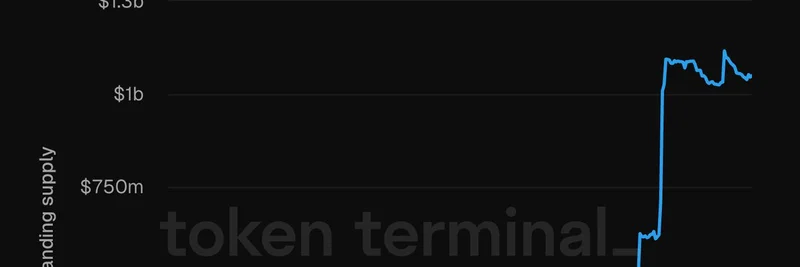Have you ever stumbled upon a tweet that makes you rethink everything you know about coding? That’s exactly what happened when ThePrimeagen dropped a mind-blowing post on X about Elixir’s if statements. Shared on June 30, 2025, this snippet of code sparked a flurry of reactions, from excitement to playful jabs, and it’s got the developer community buzzing. Let’s dive into what makes this so special and why it’s worth your attention.
What’s the Buzz About?
The tweet features a simple yet intriguing Elixir code snippet:
elixir
iex> if true, do: "This will be seen", else: "This won't"
"This will be seen"
At first glance, it looks like a basic if statement—something you’d see in almost any programming language. But ThePrimeagen’s comment, “so... if statements are just functions with keylist optional param... damn, pretty meta programming ftw,” hints at something deeper. This isn’t just code; it’s a peek into the world of metaprogramming, where code can write and manipulate itself.
Breaking It Down: What’s an If Statement in Elixir?
In most languages, an if statement is a control flow tool. It checks a condition (like true or false) and decides which block of code to run. In Elixir, however, this if statement stands out because it’s written as a function call with a do and else clause. This syntax is both elegant and powerful, allowing developers to treat decision-making like a first-class citizen in their code.
Here’s the kicker: Elixir’s if isn’t just a hardcoded feature. It’s built using the language’s metaprogramming capabilities, meaning you can extend or even recreate it yourself. This flexibility is a big reason why Elixir, a functional programming language built on the Erlang VM, is loved by developers for scalable and maintainable systems.
Why Metaprogramming Matters
Metaprogramming is like giving your code a superpower—it can analyze, generate, or modify itself during runtime or compile time. In Elixir, this is supercharged by its macro system, which lets you write code that writes code. ThePrimeagen’s tweet highlights how if statements can be seen as functions with optional parameters, opening the door to creative programming techniques.
For example, you could create custom control structures tailored to your project’s needs. Imagine building a meme token smart contract where you dynamically adjust logic based on blockchain conditions—metaprogramming makes that possible! It’s a game-changer for blockchain practitioners looking to innovate with tools like Elixir.
The Community’s Take
The thread exploded with reactions. Some, like @codegirl007, cheered with a “YOU GO GIRLLL!!!” GIF, while others, like @typing_for_devs, wondered if it’s “very meta” or just “pretty.” @mikehostetler dove into technical details, comparing Elixir to languages like Haskell and Self, which avoid traditional if constructs altogether. Meanwhile, @HSVSphere humorously suggested ThePrimeagen could’ve built a SaaS instead—proof this sparked both inspiration and debate!
Why Should Blockchain Fans Care?
At Meme Insider, we’re all about bridging tech trends with practical knowledge. Elixir’s metaprogramming prowess could revolutionize how meme token developers write smart contracts or handle real-time data on blockchains. Its scalability, thanks to the Erlang VM, aligns perfectly with decentralized systems that need to process thousands of transactions seamlessly.
Getting Started with Elixir Metaprogramming
Curious to try this yourself? Start with Elixir’s interactive shell (iex) and experiment with if statements. Then, explore macros using defmacro to create your own control structures. It’s a steep learning curve, but the payoff is huge—especially if you’re building the next big meme token platform.
Final Thoughts
ThePrimeagen’s tweet is more than a cool code snippet; it’s a window into Elixir’s potential to transform how we code. Whether you’re a blockchain developer or just a tech enthusiast, this blend of simplicity and power is worth exploring. So, next time you see an if statement, you might just see a function in disguise—pretty meta, right?
Ready to dive deeper? Check out more tech insights on Meme Insider and join the conversation on X!


